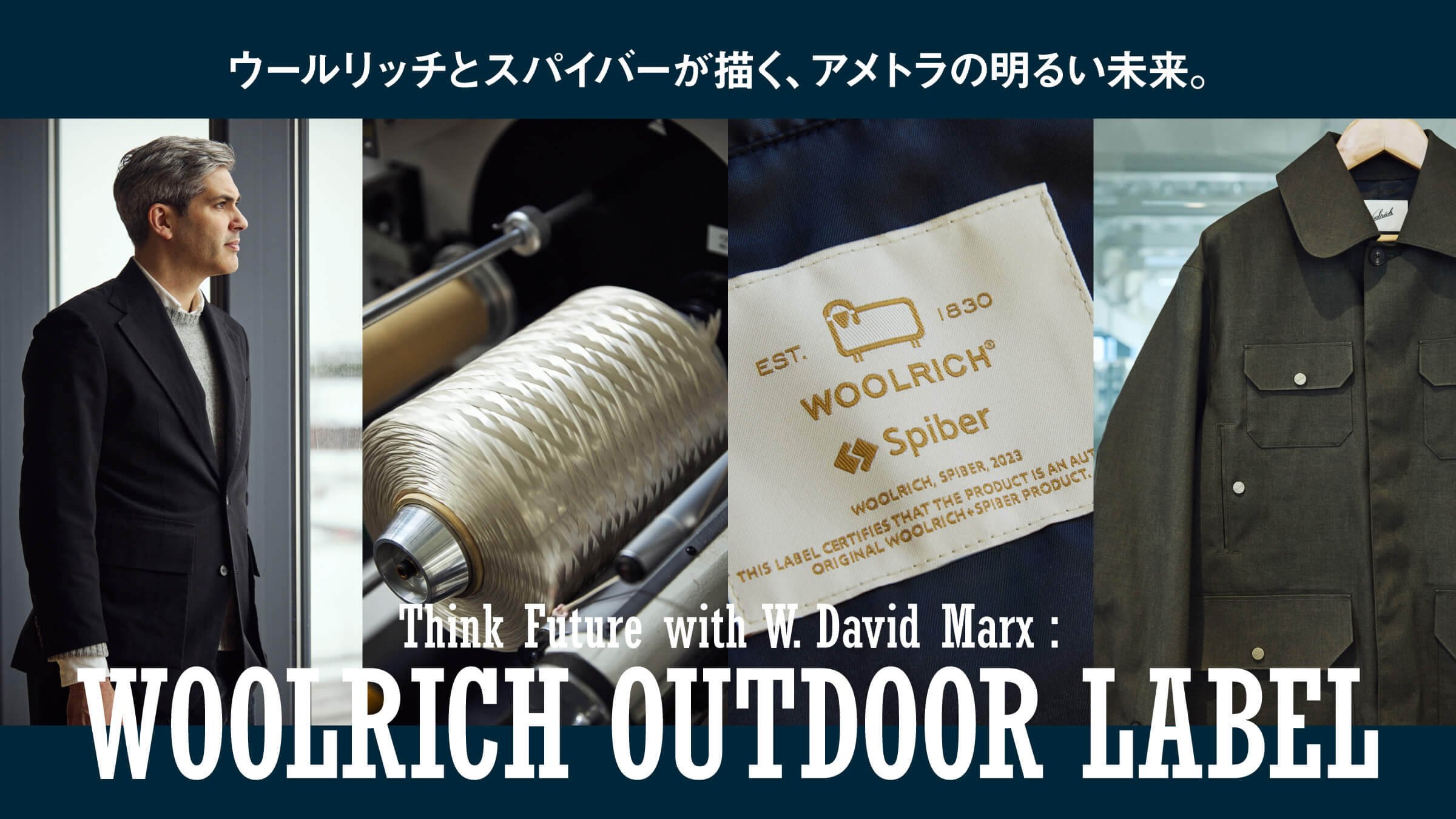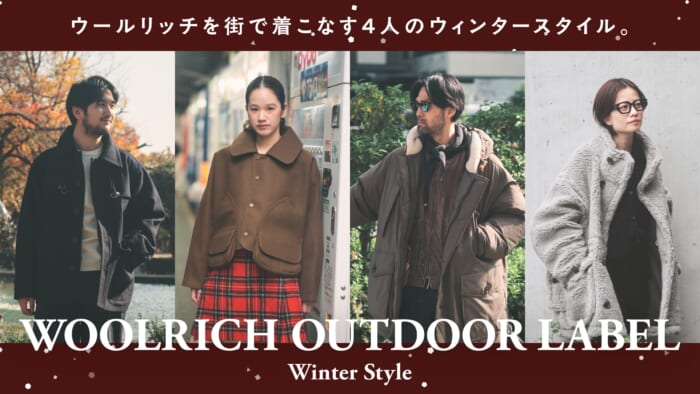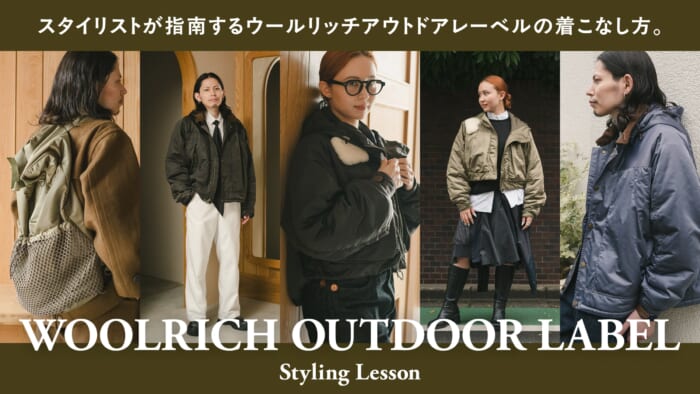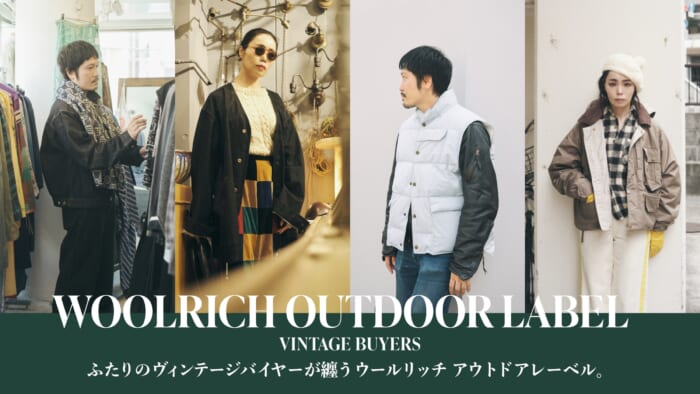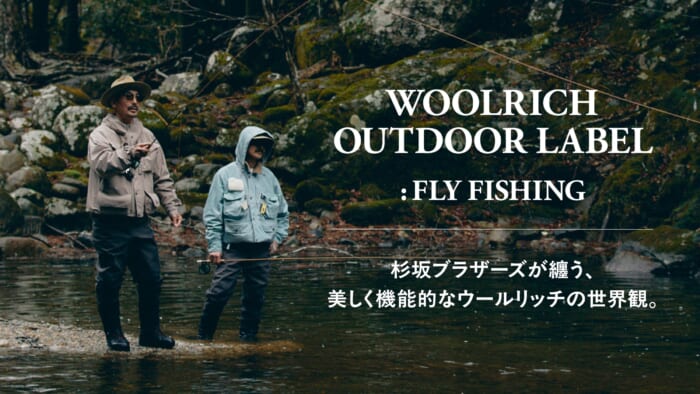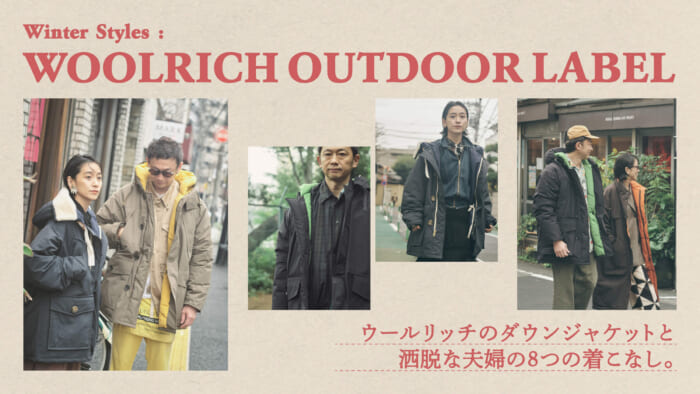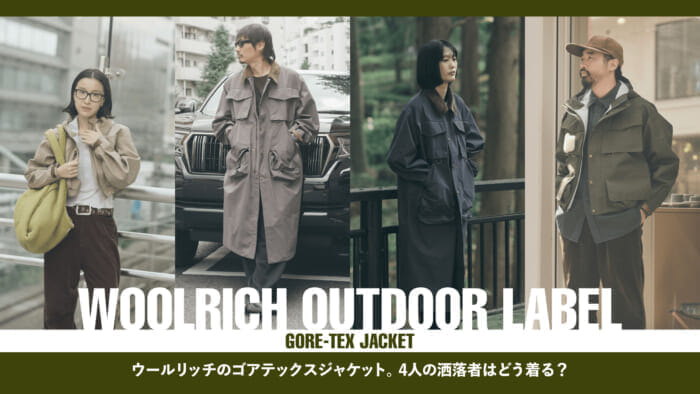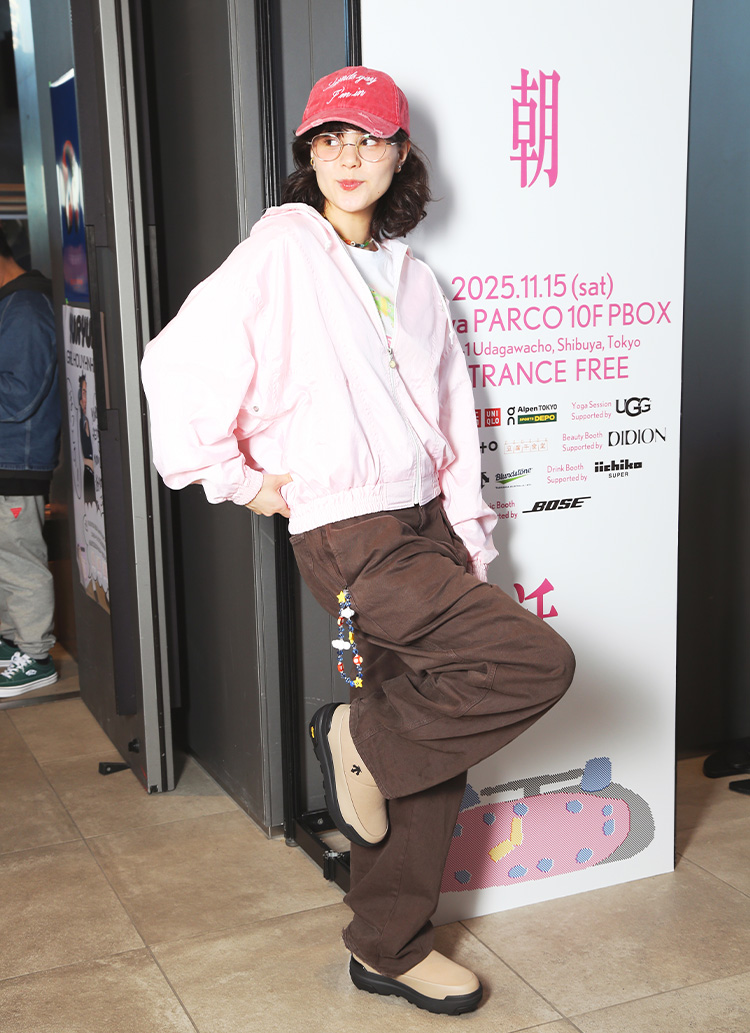It is unique in that it is artificial but does not look artificial.

PROFILE
Born in Oklahoma, USA in 1978 and raised in Florida. He has a deep knowledge of Japanese fashion culture and has written a series of articles in the magazine "Popeye" as well as a book about Japanese American style culture, "AMETORA. The Story of How Japan Saved American Style" in 2017. In 2012, he published "STATUS AND CULTURE: The Dynamics of Status that Shape Culture, How Sensitivity, Conventions, and Fashions are Born. in 2012.
It's interesting that these fibers are produced by the fermentation process of microorganisms. And above all, it's fascinating because it's so mysterious.
So says W. David Marks. In his book "AMETORA: The Story of How Japan Saved American Style," Marks offers a unique perspective on Japanese clothing culture. The Story of How Japan Saved American Style," describes how universal clothing born in America was accepted in Japan and evolved into a unique fashion style.

SPIBER PENNSYLVANIA JACKET ¥180,000, SPIBER PENNSYLVANIA TROUSERS ¥75,000


David is wearing a Woolrich Outdoor Label jacket and coat made of Brude Protein™ fiber. Outdoor Label" jackets and coats made of "Brude Protein™ fiber. I wore this brand as a child without really thinking about it, but in Japan, it had become a part of the American lifestyle. When I learned about it, I realized for the first time that I was wearing good clothes," says David.
Woolrich is one such brand. What is interesting is that it is fashion, but it is not fashion. Everyone is focusing on the fact that the clothes are made as tools, even though they are fashion from the viewpoint of fashion. The cycle of Japanese people designing clothes with this interpretation and having them evaluated overseas is also unique.

SPIBER HUNTING COAT ¥250,000 (EACH)


Woolrich Outdoor Label" samples traditional clothes from the past while making use of modern technology, doesn't it? I thought the collaboration with Spybar was appealing in that there were no artificial elements in the fabrics. Although "Brüde Protein™ Fiber" is man-made, it looks like wool or cotton. I think this is in line with current fashion trends.

I just touched the T-shirt on display, and I couldn't tell that there was any "Brude Protein™ Fiber" mixed in at all. It blended in so well without any sense of discomfort. I think the charm of this material lies in the fact that it is indistinguishable from wool or cotton. Natural fibers such as cotton, wool, and silk have been used for centuries. People made clothes because they saw beauty in them. I am very surprised that fibers that resemble natural fibers are being made artificially."
David is very interested in how "Brude Protein™ Fiber" is made. He quickly took a look around the factory.


